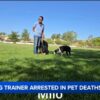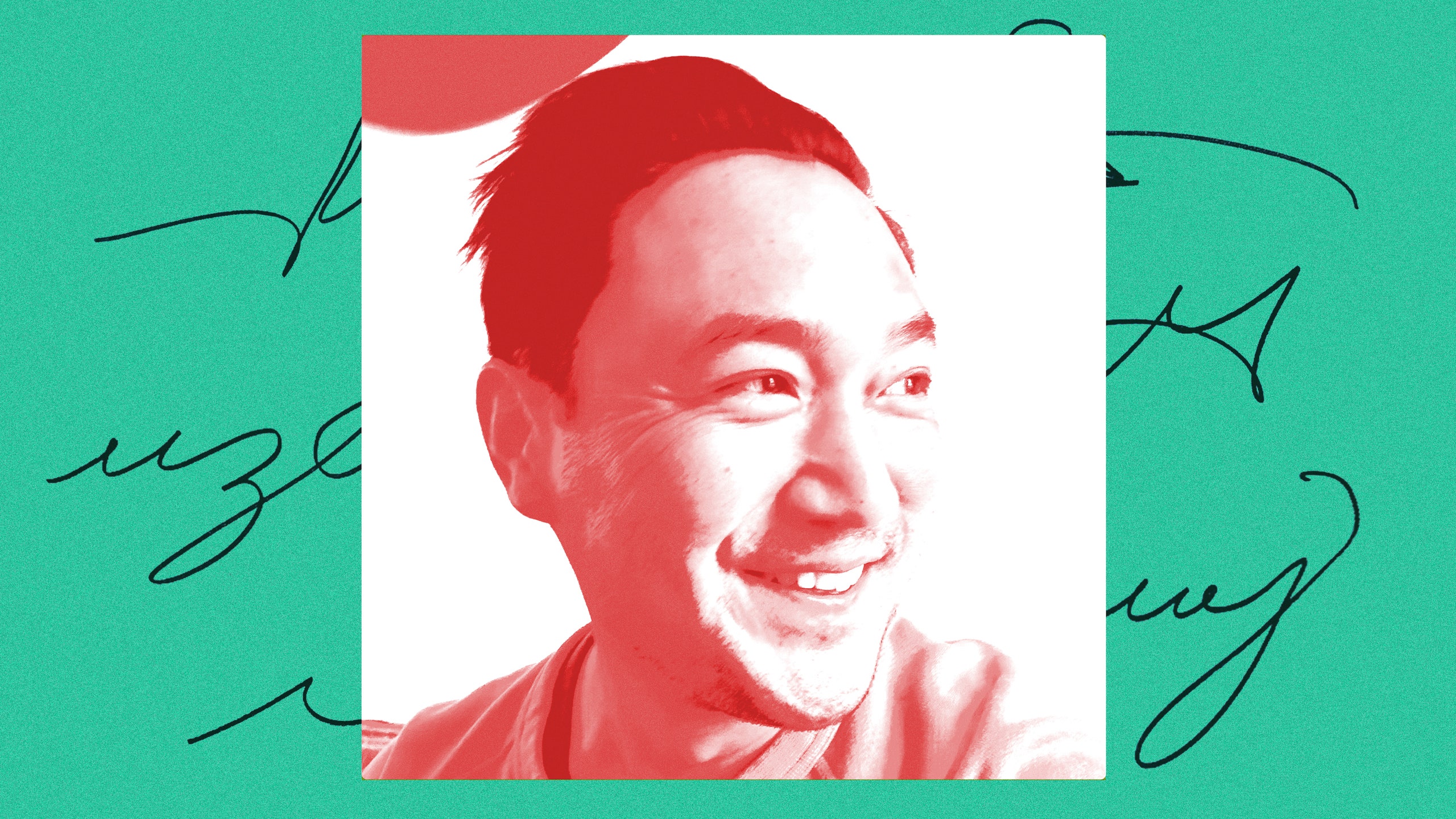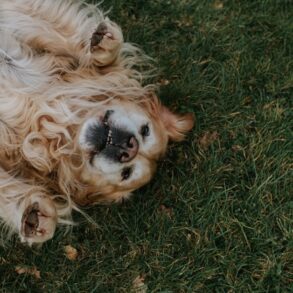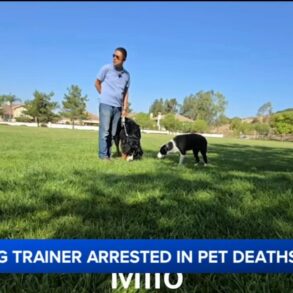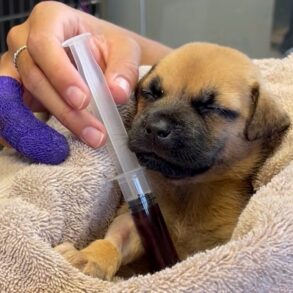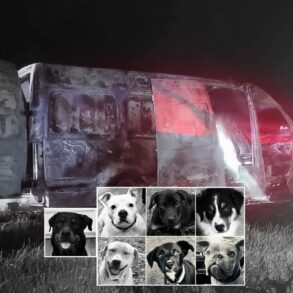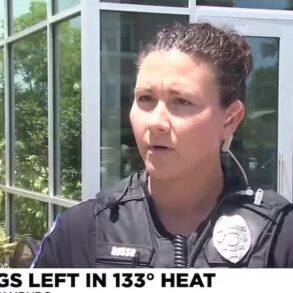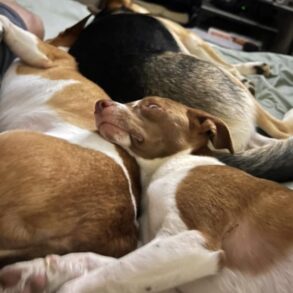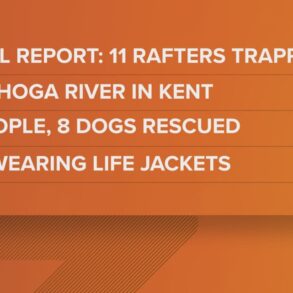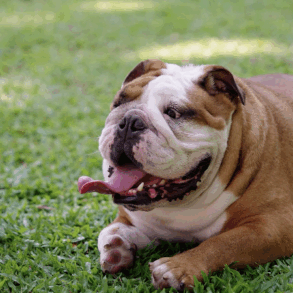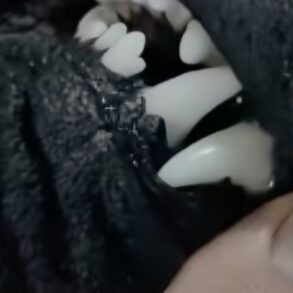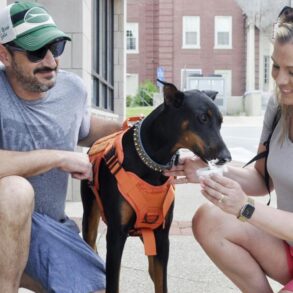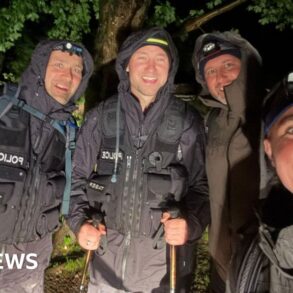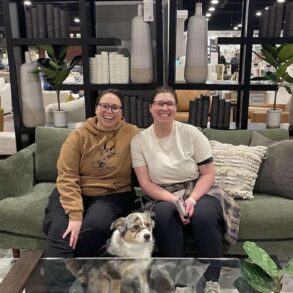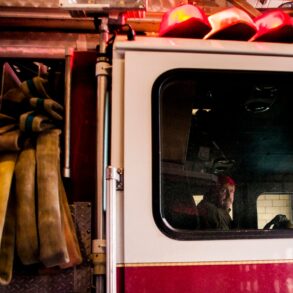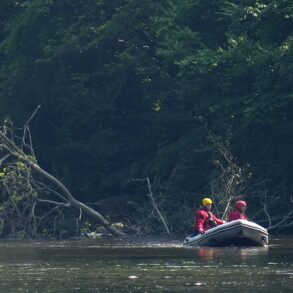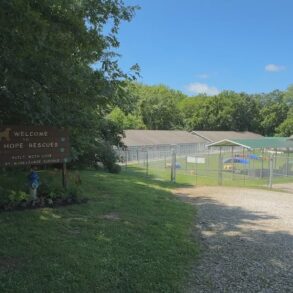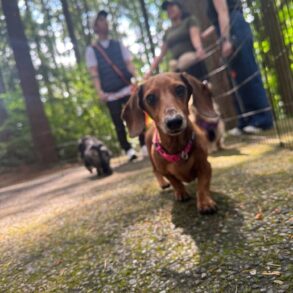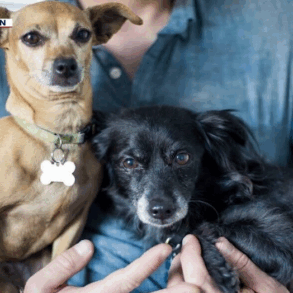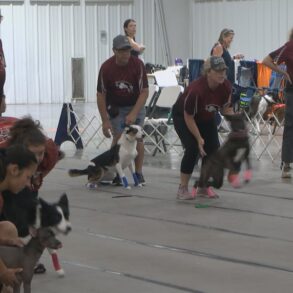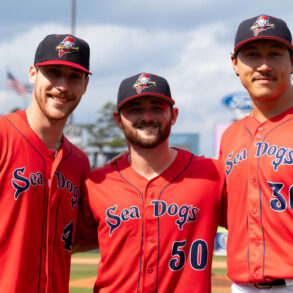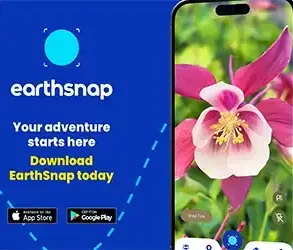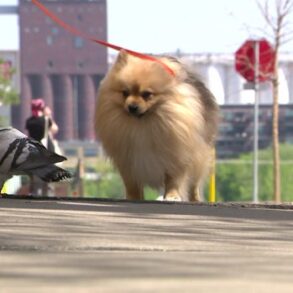Paul Yoon on Bringing Animals Into the Foreground
Your story “War Dogs” takes place in an animal-care facility at an airport. When did you come up with this as the setting for a piece of fiction?
This is hardly an original thought—and there are tons of writers who have been exploring this for a long time—but as I was working on my last book, “The Hive and the Honey,” I began to form a deep artistic interest in the possibilities of using the canvas of fiction to tell stories where the points of view and perspectives are less centered on . . . humans. Is there a way to create narratives where I can bring animals into the foreground, the center stage, without sacrificing, say, character? Or is it O.K. to sacrifice character? Can I reimagine how we tell stories and shape narratives to include more of all the layers of this world and beyond? These days, when I read books like Samantha Harvey’s “Orbital,” my brain explodes. I’m filled with such awe and inspiration, and I think: This! How do you do this?! Maybe this is how I’m evolving as a writer. But I’m open to it, and gleefully want to step into that room.
Anyway, at the same time, I stumbled upon a Times article on the animal facility at J.F.K. I’ve always been fascinated by how dogs in particular perceive these spaces of transience—the airport, the flight. As they walk through a terminal are they aware that they’re in a limbo place—a place of transition and of gateways? So the story began as a means by which to explore all these questions, and to live in those questions for a while.
The chief animal protagonists in this story are two dogs and a polo pony. Their cognition can seem almost human at times. Was that a deliberate decision? Did you ever worry about anthropomorphizing them—or is that something that doesn’t have to concern a fiction writer?
The decision was deliberate, in that I’ve also been interested in how certain fables are crafted and work, but I was always weighing whether I was anthropomorphizing the animals in this story too much, whether certain choices I was making from their points of view were, in fact, my own human point of view rather than, say, pure dog. This is actually something I think about all the time—too much of the time, probably. I’ve been lucky enough to have had experience with horses because my wife is a rider, and I feel very comfortable around them, and dogs have been in my life in some form ever since I was in high school. I went to a boarding school where one of our dorm heads had a dog who really took care of us; I dog-sat all through college; and now my wife and I have a dog named Oscar who is ten years old. There isn’t a moment that goes by when I don’t wonder if I’m a hundred per cent accurately translating his gestures and expressions. But another part of me also trusts that because Oscar has been in my life for ten years, I do know him—or, at least, I feel that we have a strong bond, that we know how to communicate with each other, and so I tried to bring that trust and our years of living together into the story, too. Which is to say, there’s a little bit of Oscar’s personality in both of the dogs in this story. And maybe a little bit of Oscar in the pony, too.
The story has a section called “Gwisin”—“ghosts,” in Korean. Is everyone haunted by something in this story?
I love this—yes, it’s a bit of a haunted story all around, isn’t it? It’s the season for it! You have Mary, who is haunted by her dead ex-husband through a recurring dream; you have Roger, who has a kind of “visitation” through a photograph in an e-mail attachment that has upended his world a bit; you have a horse who is going through a mysterious medical condition; and so on.
I think I was aware that I was writing a story set in a very fixed, small location, in a very narrow period of time, and so, as a writer, I’m thinking of ways to counterbalance that, to attempt to create big stories, no matter the size of the stage. I liked the idea of bringing in all these things that were happening far offstage, like the Korean War, the withdrawal of U.S. troops from Afghanistan, an international flight, all these distant time lines—geographically, temporally—that orbit the story. Ghosts and hauntings felt like another layer that could open up the story in interesting ways, and open up these humans and animals some more, too, in the hope of further revealing themselves to the world, to each other, to the reader.
Have you thought of what will happen to the two dogs? Or the names they might be given?
I vote that they come up here to the Hudson Valley, where I live, and live happily ever after. All kidding aside, though, no, I sincerely don’t know what will happen to the two dogs after the last page of this story, nor do I know what will happen to Tess and Brian, or even to Mary, who is across the world, after she opens the box. But this was how I knew the story was ending—that the curtain was closing for me. They’ll go on, all of them—I believe that—but not with me in their lives, poking and prodding their minds.
Are there any other stories or novels with animal protagonists that you were inspired by?
I read Henry Hoke’s wild and marvellous “Open Throat” this summer, which is narrated by a mountain lion, and that book reminded me to reread John Berger’s magnificent “King,” which is narrated by a dog living in a city. John Berger is one of my heroes, and that led me to revisit another hero of mine, David Means, who has been busting open the boundaries of what short fiction can do for decades, and so I reread his story, “Clementine, Carmelita, Dog” (in his latest collection, “Two Nurses, Smoking”), which is told largely from the perspective of a lost dog. For diehard Means fans, you’ll notice the subheading of my last section in this story is my homage to him—if you know, you know!—and a nod to how much his stories have meant to me over the years. ♦
This post was originally published on this site be sure to check out more of their content.



